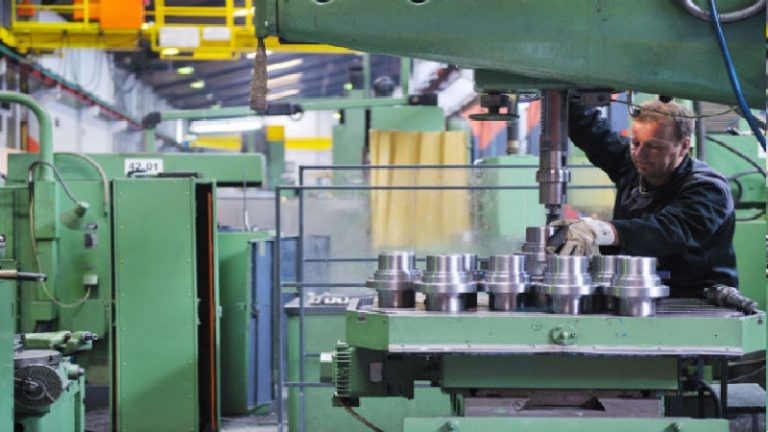When you are thinking of liquid filling machines, a number of things come to mind. Key among them includes determining your production rates, available space and the available funds for its procurement. However, there is another important aspect which is actually a fundamental one. Product viscosity is very important. But what does one mean by viscosity. A liquid’s viscosity refers to the resistance it has when flowing. Generally, viscosity can be viewed at with reference to a liquid’s thickness or ability to flow. Liquids with low viscosity flow easily than those whose viscosity is high. This is what determines what filling principle you will use.
Here are the different types of liquid filling machines:
- Overflow Filling Machines: This type works with products having a low viscosity. The machines have specially made nozzles which fill every bottle up to a certain pre-set level. Note that there will always be slight variations on the liquid level. The nozzles get into each bottle on the filling line before releasing the product. Soon as the filling nozzles leave the container another machine places a seal. These machines are used in plants that bottle mineral water, soda, juices and other products. The products that use overflow filling machines are those that require being packaged in clear bottles or containers.
- Gravity Filler: This type of liquid filling machines load products into containers via a timed system. The machine has an overhead tank that supplies the liquid product to containers placed below it. Once the required number of containers has been put in place, the filler valves are opened. Timing is set depending on how long it takes to fill the product. The moment this time has elapsed, the valves close automatically stopping the supply of the product. The name “gravity filler” was coined owing to the machine’s use of gravitational force in filling containers.
- Pump Filler: Liquids with a high viscosity require additional in order to force their way through tubes and valves and into packaging containers. Pump fillers are a typical example of the dispensing machines used for this purpose. Each valve has a pump that exerts pressure on the liquid. This type of liquid filling machines can either be pulse or time based. That means the pumps work on rotational cycles or on pre-set time frames.
- Piston Filler: As suggested by the name, piston fillers use cylinders and pistons. Once the piston draws out of its cylinder, the product enters into this space. The piston enters the cylinder again and pushes out the liquid into the waiting containers.
In companies that deal with products whose viscosities are different, you will find that they use more than one type of filling machine. Each production line goes to the type of machine that can handle the liquid. For more information, visit Filling Equipment Co. Inc.

